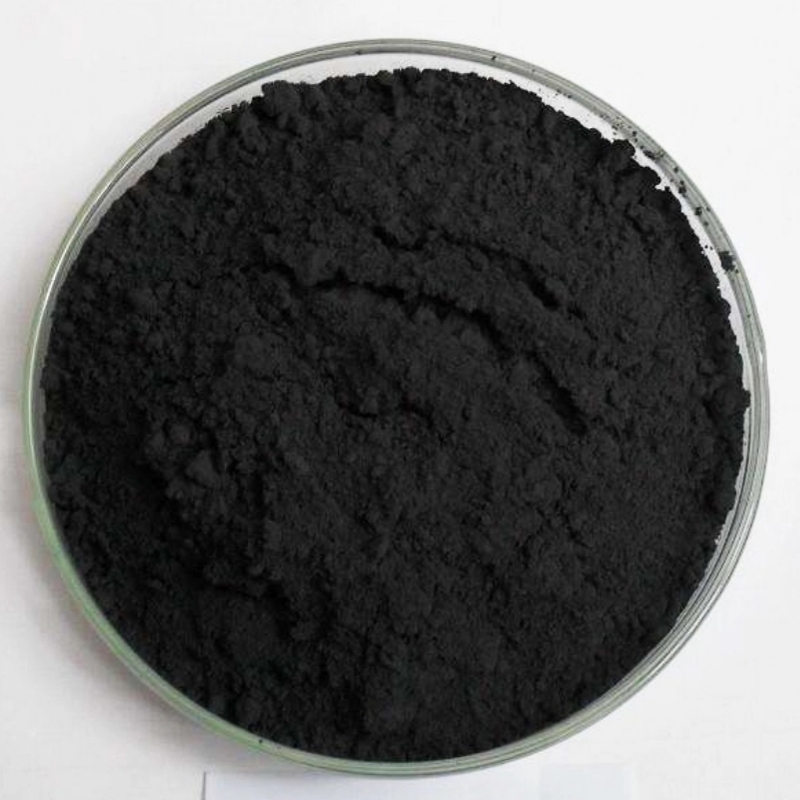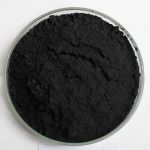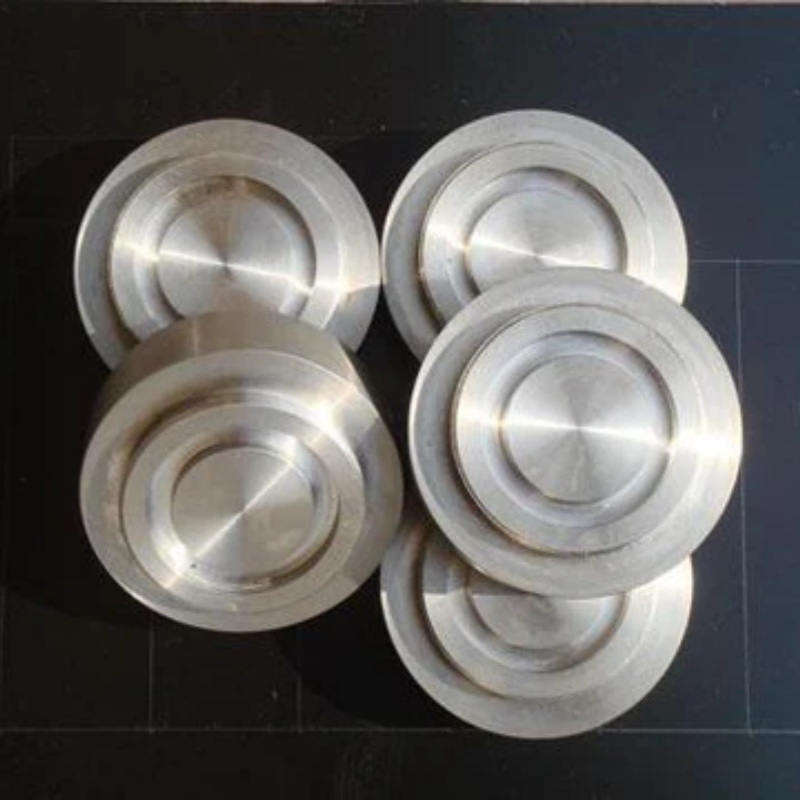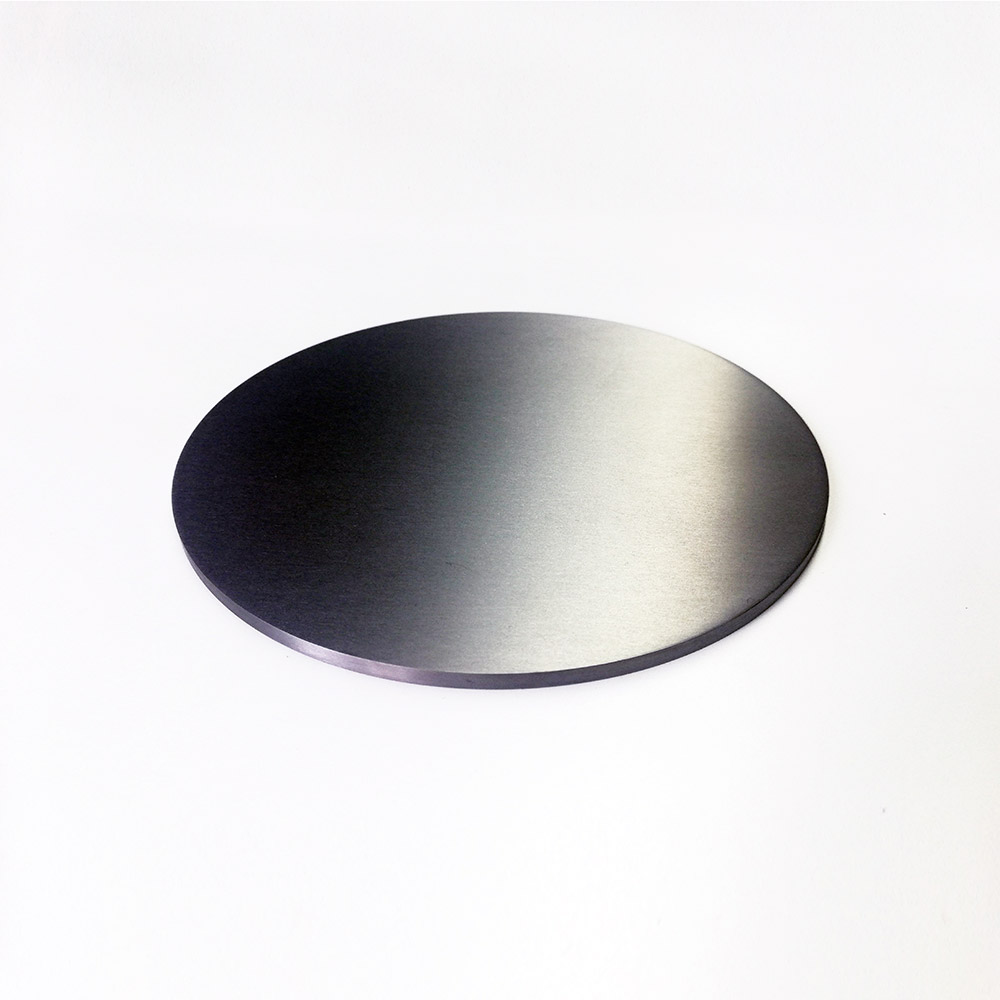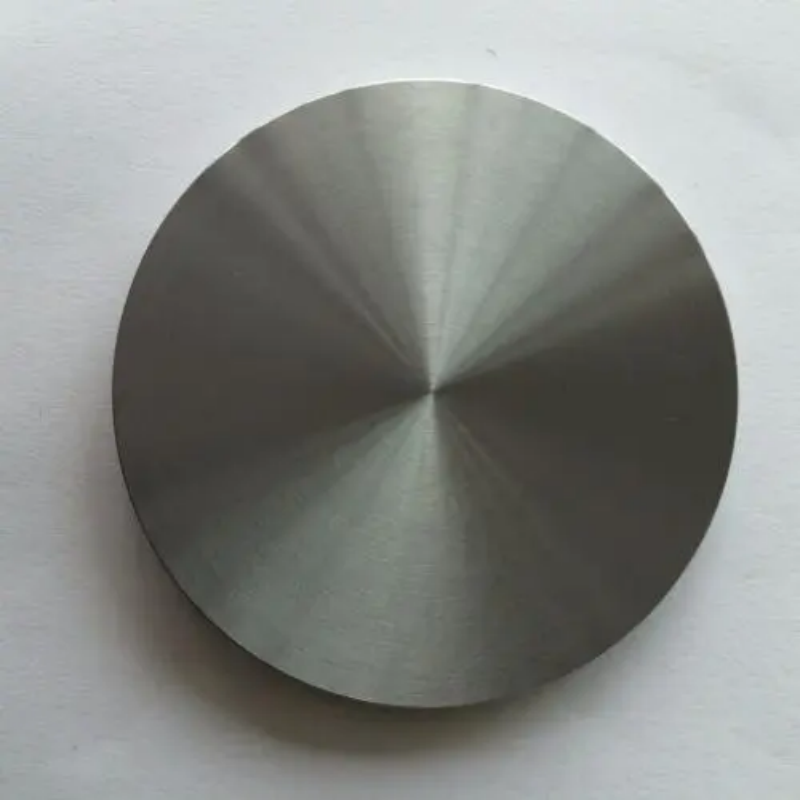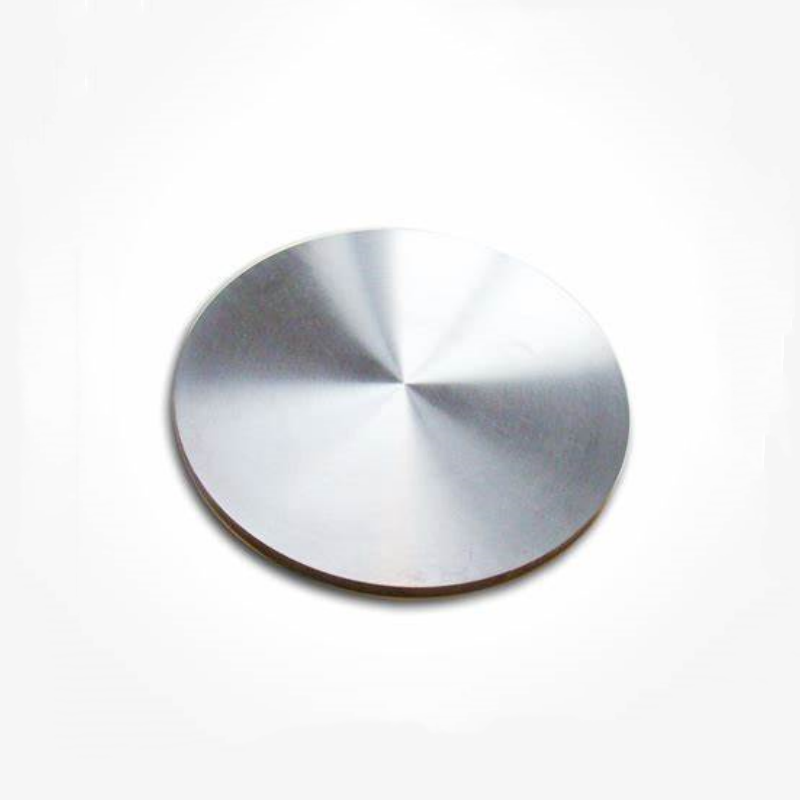Lanthanum Nitride (LaN) is a high-performance inorganic compound known for its unique electronic and optical properties, excellent thermal stability, and superior hardness. This compound is primarily used in specialized applications such as electronics, optoelectronics, and material science, where it serves in critical components exposed to demanding environments. Its unique chemical composition and properties make it suitable for applications requiring reliability and high performance.
Product Overview
Lanthanum nitride is a black powder with a NaCl-type structure, having a molecular formula of LaN and a high melting point of 2450°C. It is unstable in air, prone to oxidation, and decomposes in moist or high-humidity environments. It reacts with acids to dissolve and releases ammonia gas when reacted with alkaline water. Lanthanum nitride remains stable in nitrogen or argon environments. It is typically synthesized using electrolysis, mercury amalgam nitridation, direct nitridation, or ultrafine hydride nitridation methods.
Key Features
- High Melting Point: With a melting point of 2450°C, lanthanum nitride is ideal for high-temperature applications.
- Hygroscopic: It easily reacts with moisture, requiring storage in dry environments.
- Paramagnetism: As a paramagnetic material, lanthanum nitride is suitable for magnetic material applications.
Applications
- Catalysts: Used as a catalyst in ammonia synthesis.
- Electronics: Applied in LED, phosphors, ceramics, and magnetic materials for various electronic products.
- Semiconductors: Enhances the performance of semiconductor devices.
- Dyes and Phosphors: Plays a significant role in the synthesis of dyes and phosphors.
| Property | Content |
| Molecular Formula | LaN |
| CAS | 25764-10-7 |
| Molecular Weight | 152.91 |
| Appearance | Black Powder |
| Melting Point | 2450 ℃ |
| Radioactivity | None |
 new material
new material

